
How Swiss women used to spend their hard-earned leisure time

Leisure time as we know it today was not always a given, particularly for Swiss women, up until the first half of the 20th century.
In 1877, the federal Factory Law introduced the 11-hour working day. Once the factory shift was over, men had free time, known as rest time. Working women, however, came home from the factory to take care of the household, the laundry, the children and the cooking. Women had to fight hard to secure a small window of leisure time.
More
The appeal of the department stores that opened in Switzerland at the end of the 19th century was that duty became pleasure: women could leave their neighbourhoods to go shopping, escaping social constraints for a brief moment.
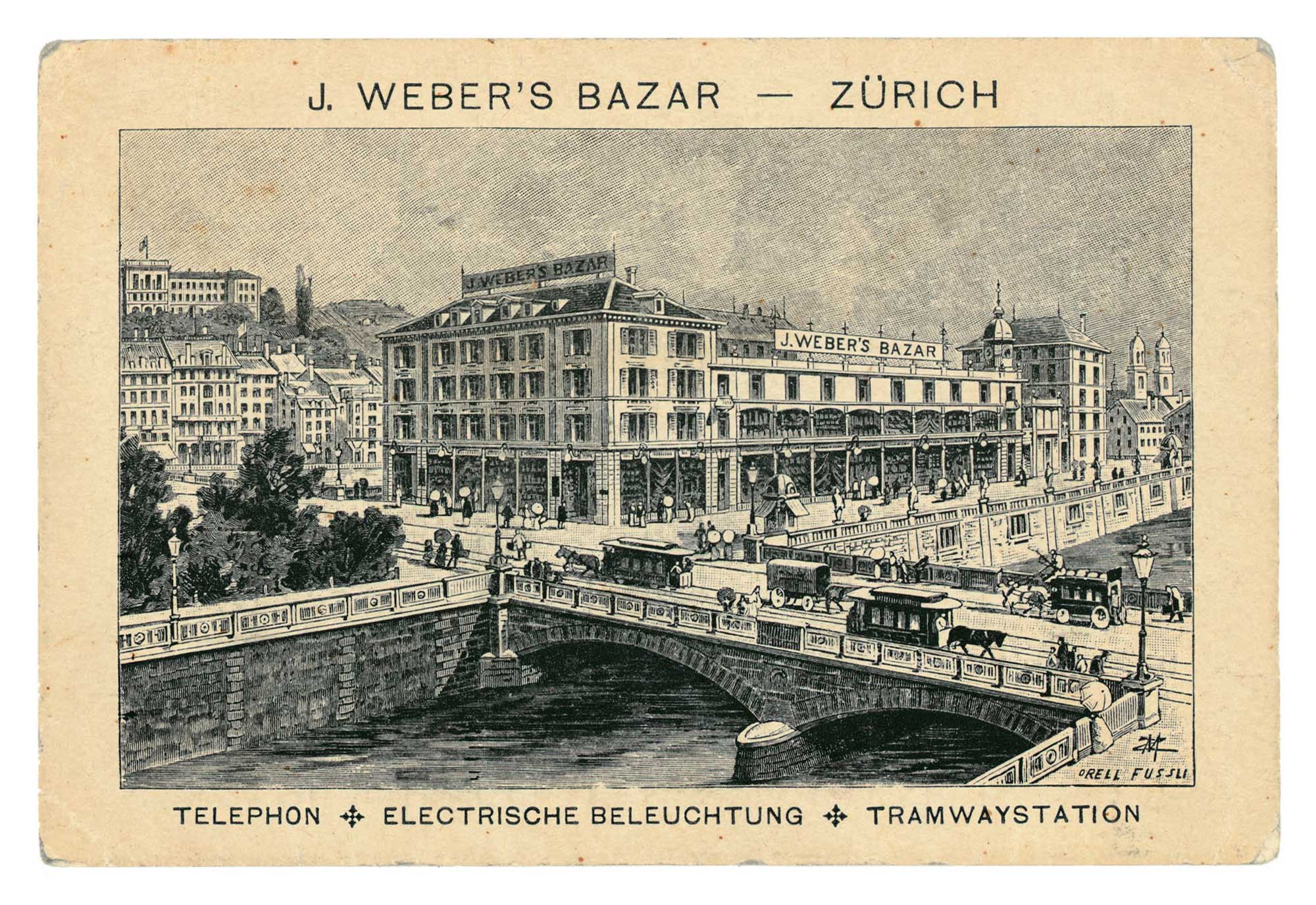
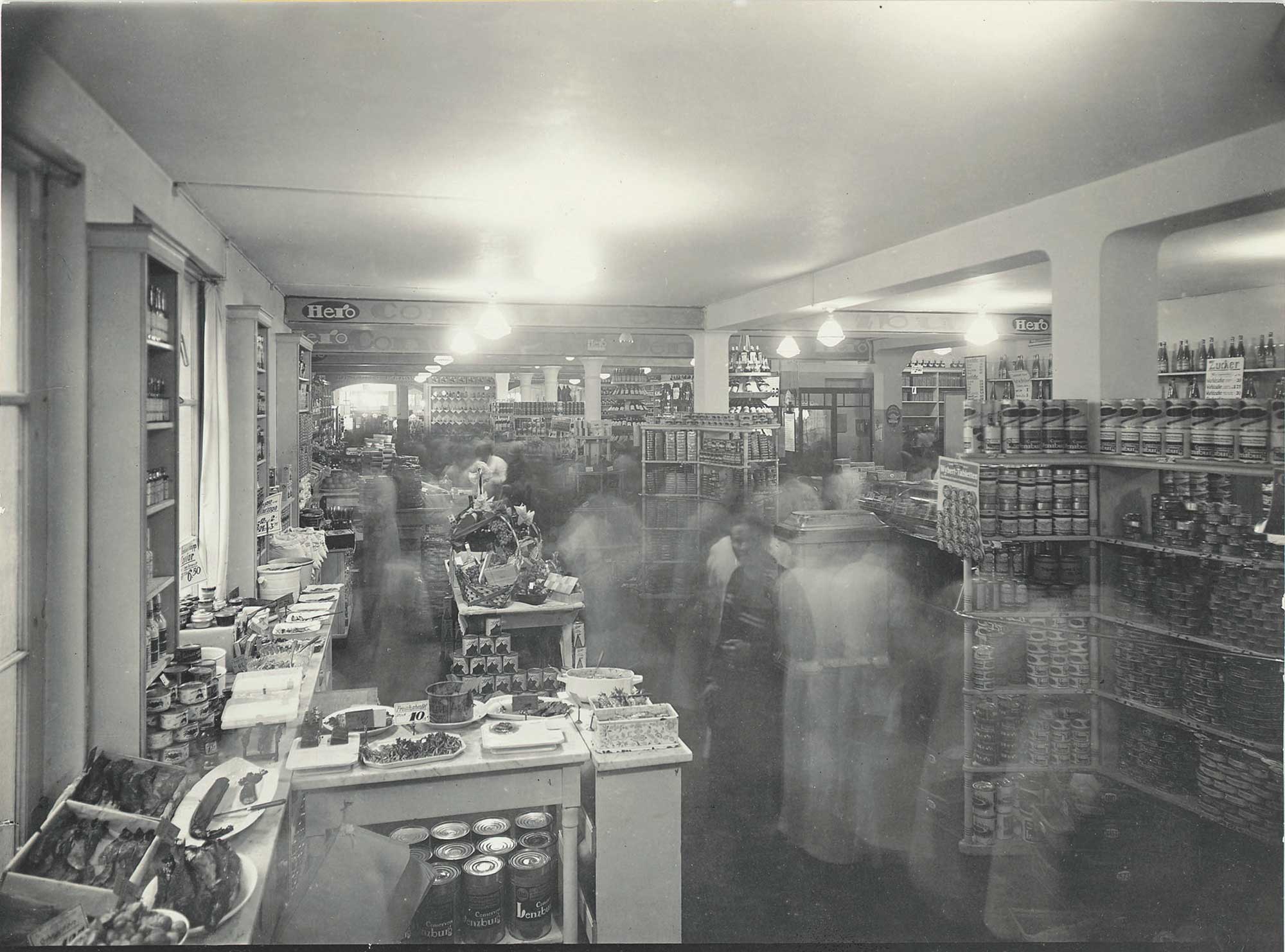
From hygiene to sport for pleasure
The first public baths, built at the beginning of the 19th century in response to growing awareness about hygiene, offered women their first free spaces. It was not until 1837 that a bathing ban for women was dropped in Zurich and a “ladies’ bath house” was built.
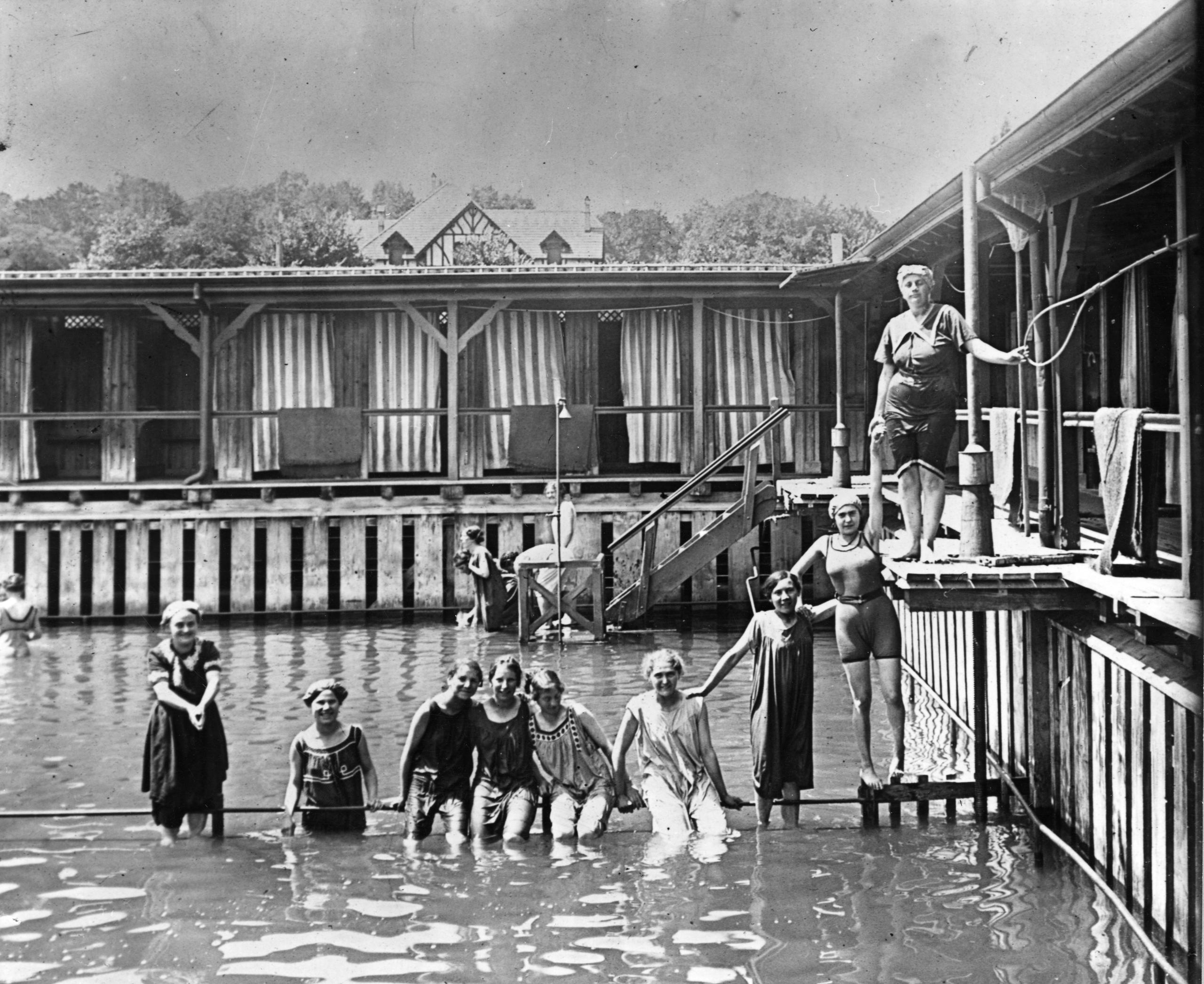


Cinemas, dancing and cafés
It was often artists, intellectuals and adventurous women who paved the way for more rights and freedom. They had studied in Paris, London or New York, and on their return to Switzerland, they wanted to contribute to the social debates and cultural life. They were keen to build their own social lives independently.
Two examples are the sculptor Anna Indermayr, the first female director of a cinema in Switzerland, and the self-taught dancer Trudi Schoop, who opened her own dance school in 1921 at the age of 18.
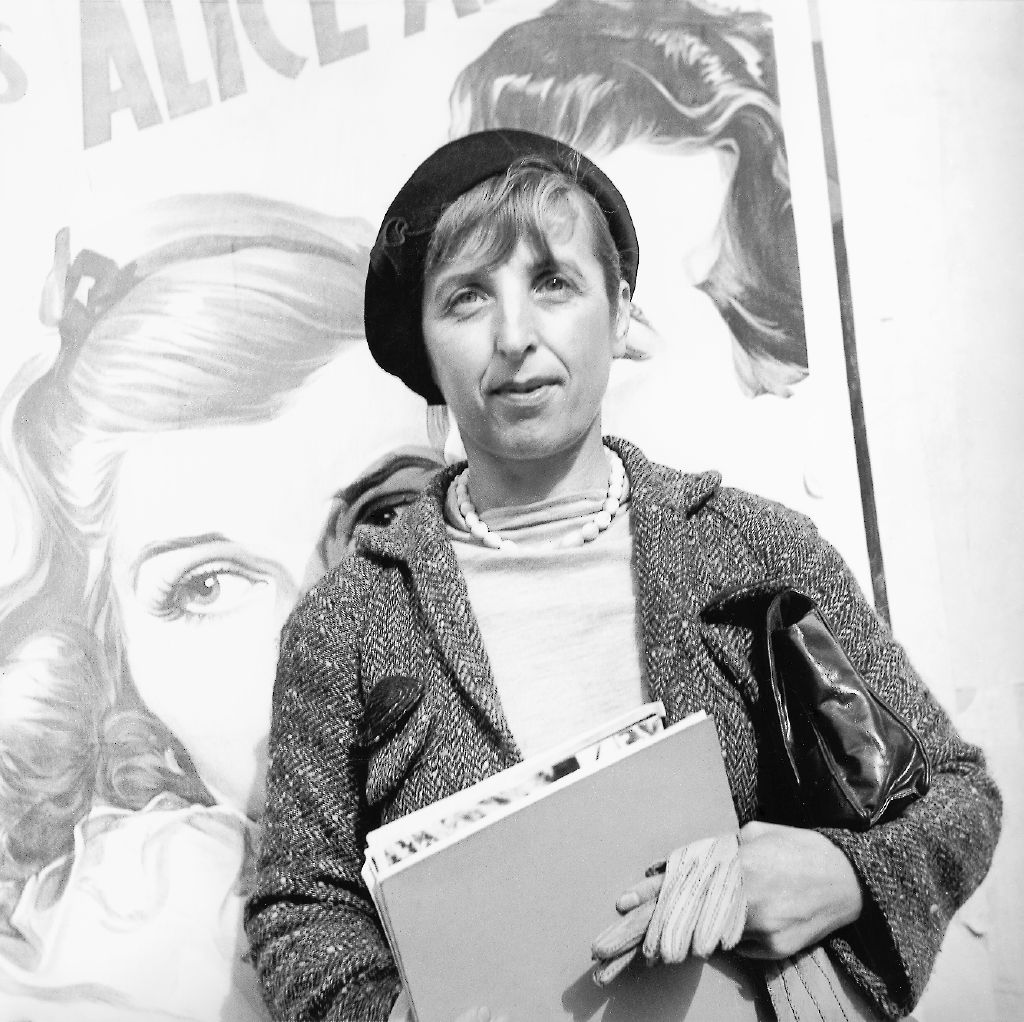
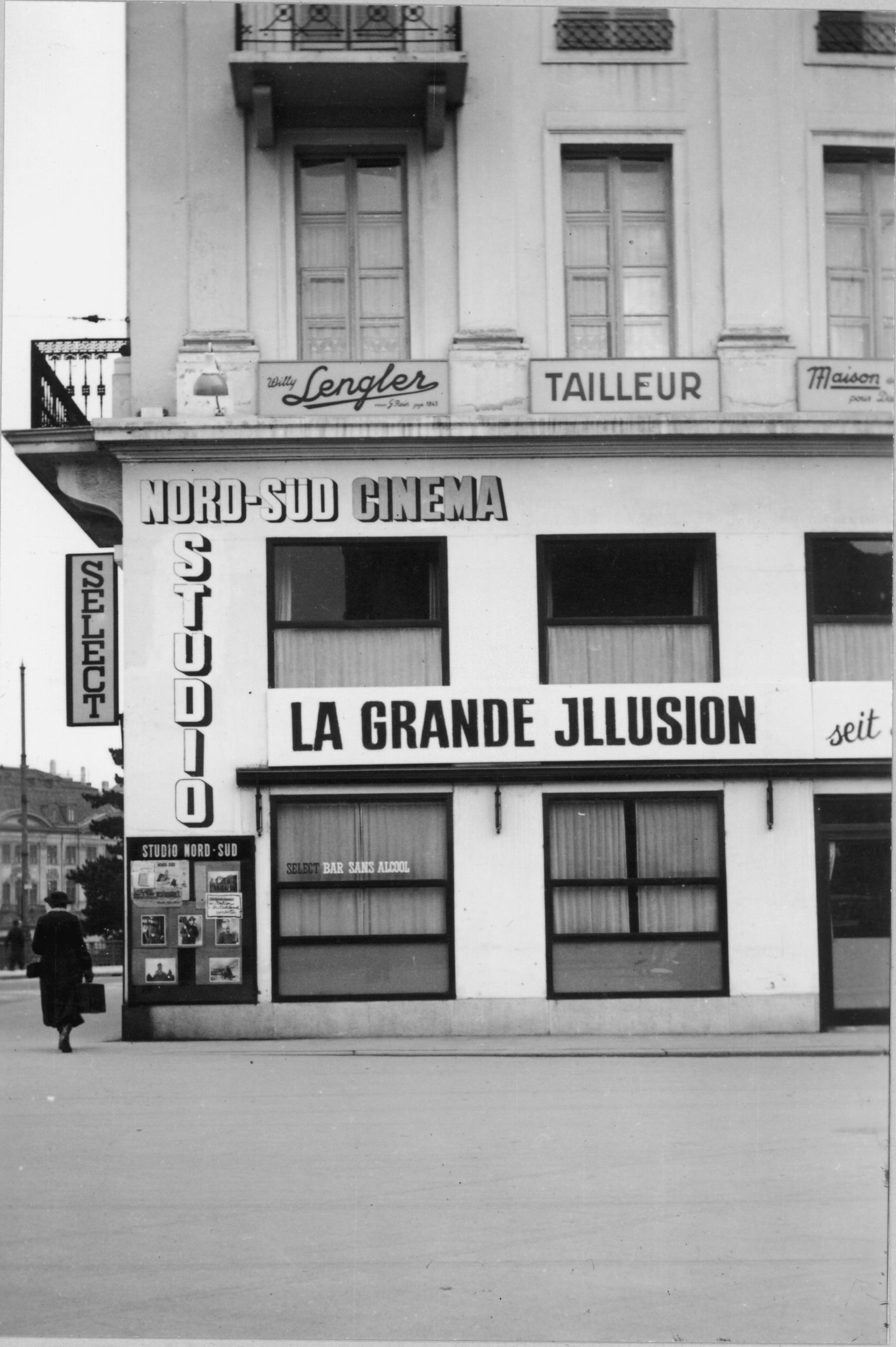
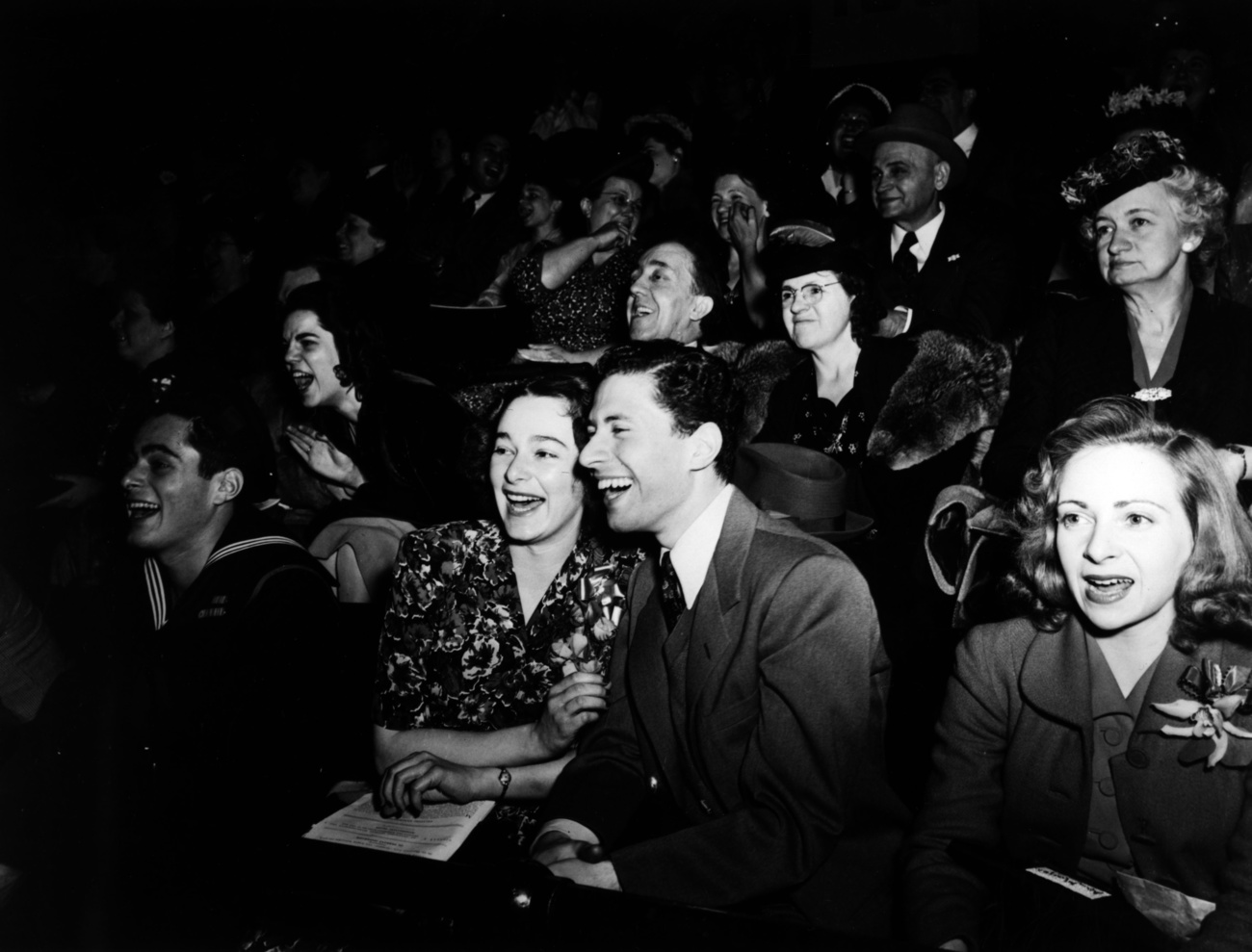
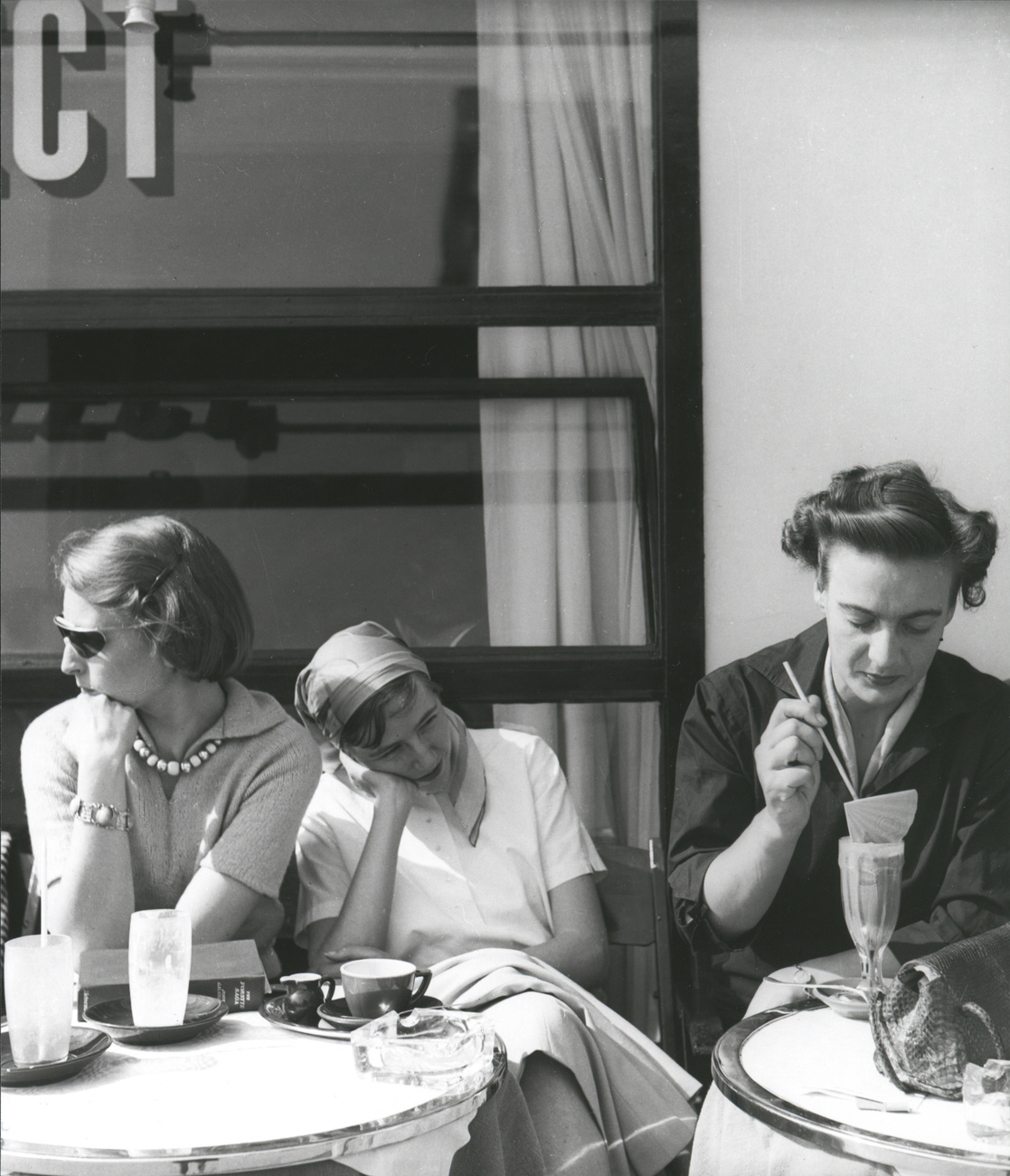
In the 1920s, people wanted to liberate not just their creative spirits from constraints, but also their bodies. Sexual taboos and strict conventions disappeared. This was especially revolutionary for women: they no longer depended on a partner to take them out and include them in social gatherings. They took control of their own social lives.
Trudi Schoop’s creations and pantomimes are sometimes viewed by the public as comedy acts, which is why she was known as the female Charlie Chaplin. She founded her second dance school in 1931 to realise her own take on modern expressive dance.
Trudi Schoop struggled against the prevailing moral ideas at the time. After five years she was forced to give up her dance hall in a Zurich church. She emigrated to the United States where she became a pioneer of dance therapy.
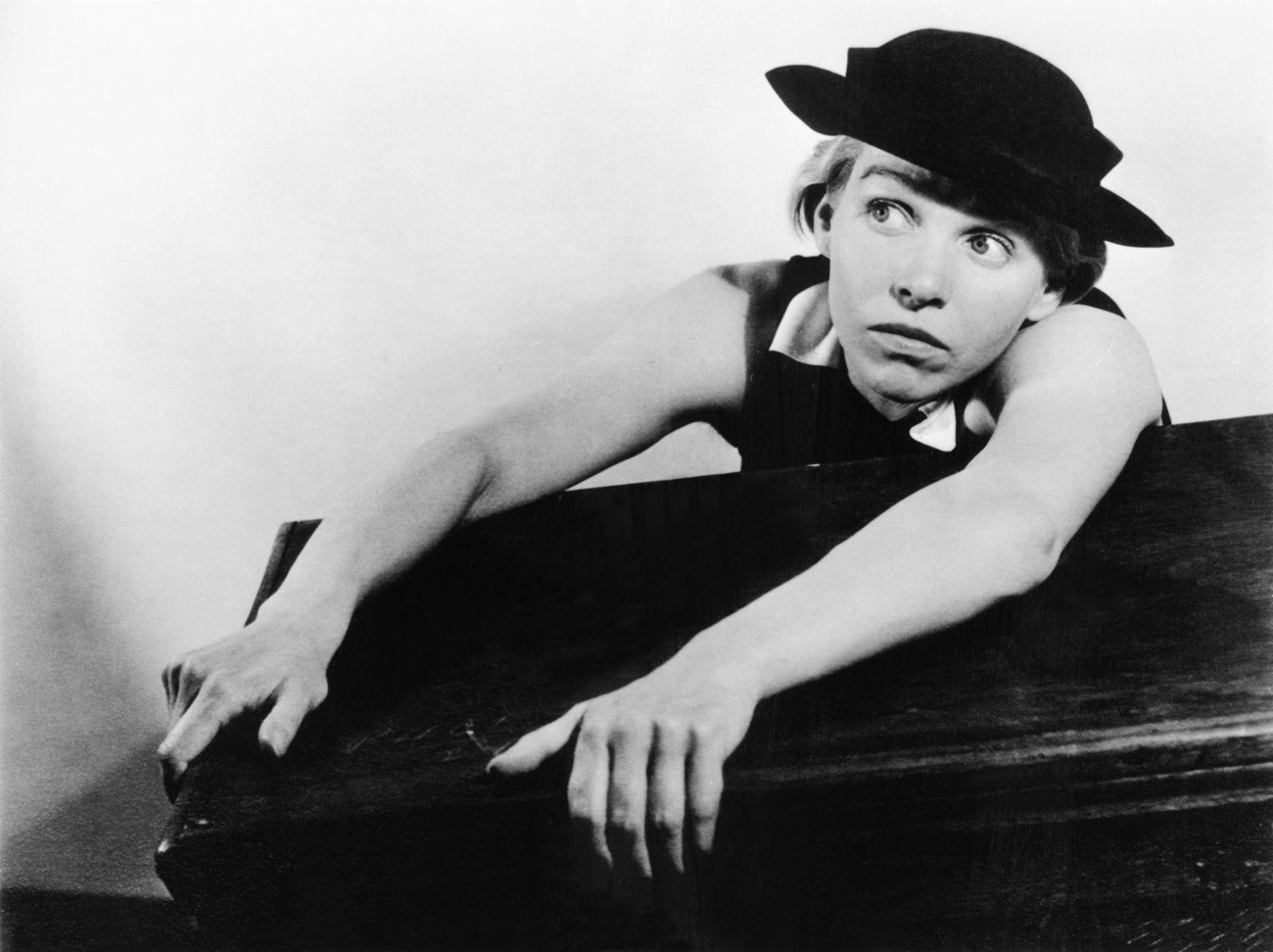
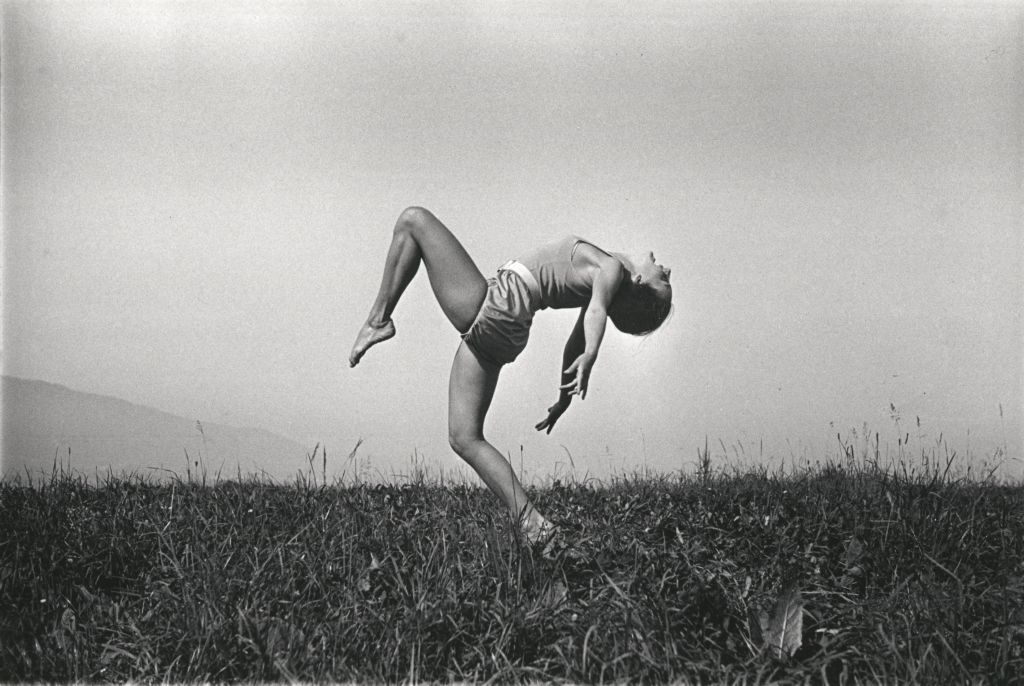
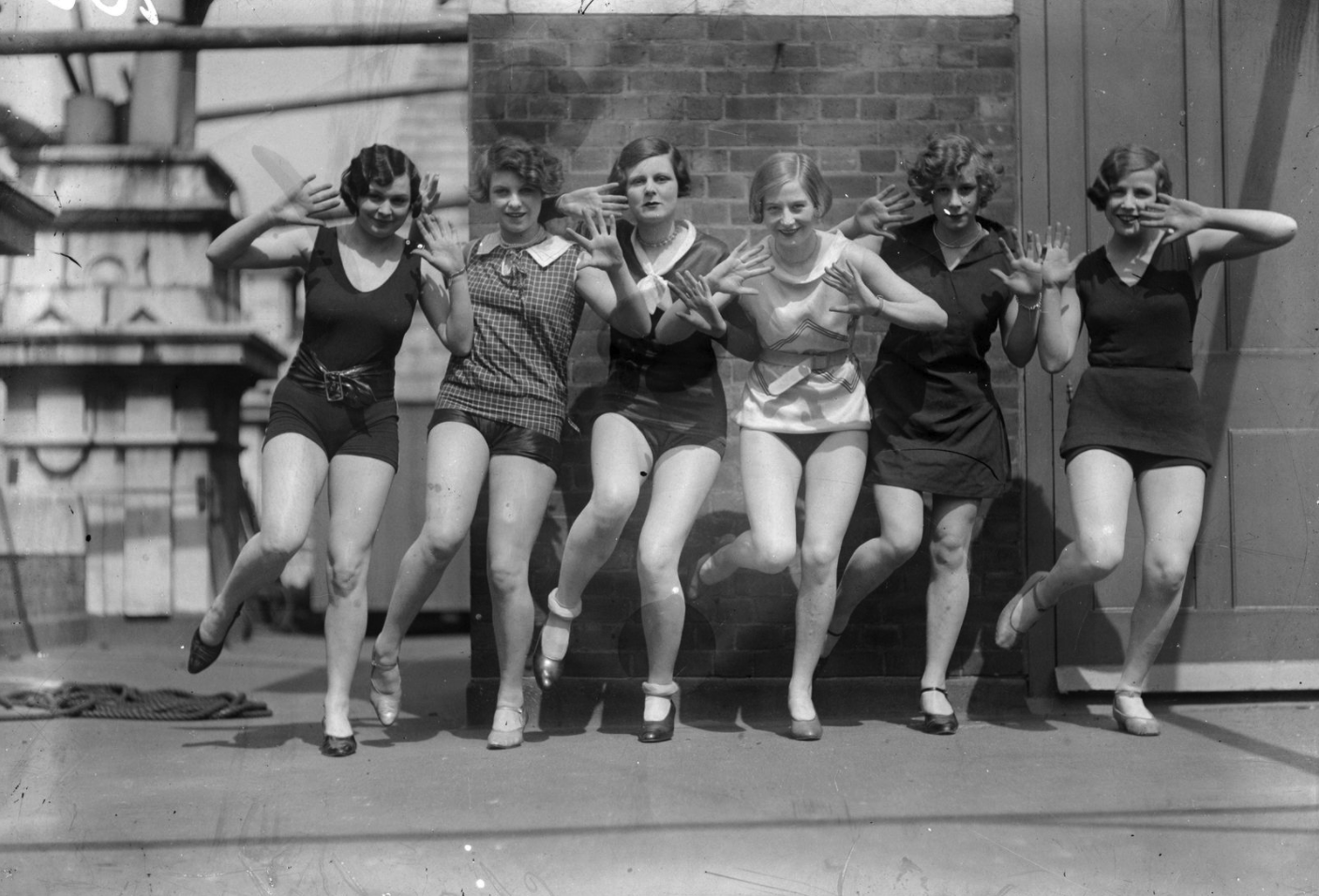
As people moved to the cities, industries that offered ways of spending newly available free time began to emerge – a development that gained pace after the 48-hour week was introduced in 1919. The circus, opera houses, theatres and, from the mid-1920s, the radio offered diversion and entertainment.
At the same time, a range of youth and women’s organisations came into being to guard against the feared disintegration of morals. They offered controlled and, in their view, “meaningful” leisure activities designed to influence the youth according to their political or religious orientation.


Print media played a key role in leisure time. Illustrated magazines with sprawling photo spreads brought the big wide world into the home. In the first half of the 20th century, numerous women’s newspapers came into being, covering education, the household, care, crafts and industry. From 1940, entertainment and fashion magazines entered the market.

Sources: ‘Historisches Lexikon der Schweiz’, and historians from the ‘Frauenstadtrundgang’ (women’s city tours) in ZürichExternal link, Basel,External link Winterthur,External link LuzernExternal link.

In compliance with the JTI standards
More: SWI swissinfo.ch certified by the Journalism Trust Initiative































You can find an overview of ongoing debates with our journalists here . Please join us!
If you want to start a conversation about a topic raised in this article or want to report factual errors, email us at english@swissinfo.ch.